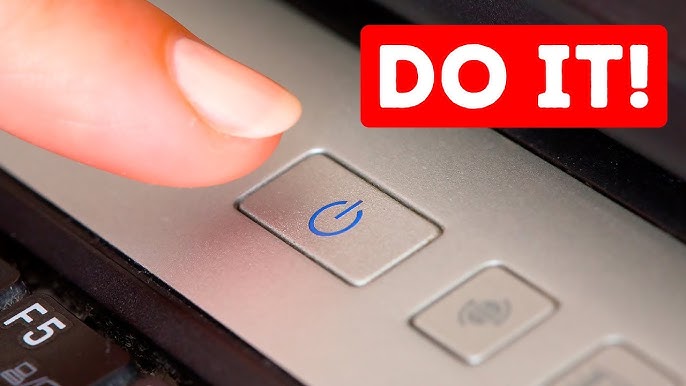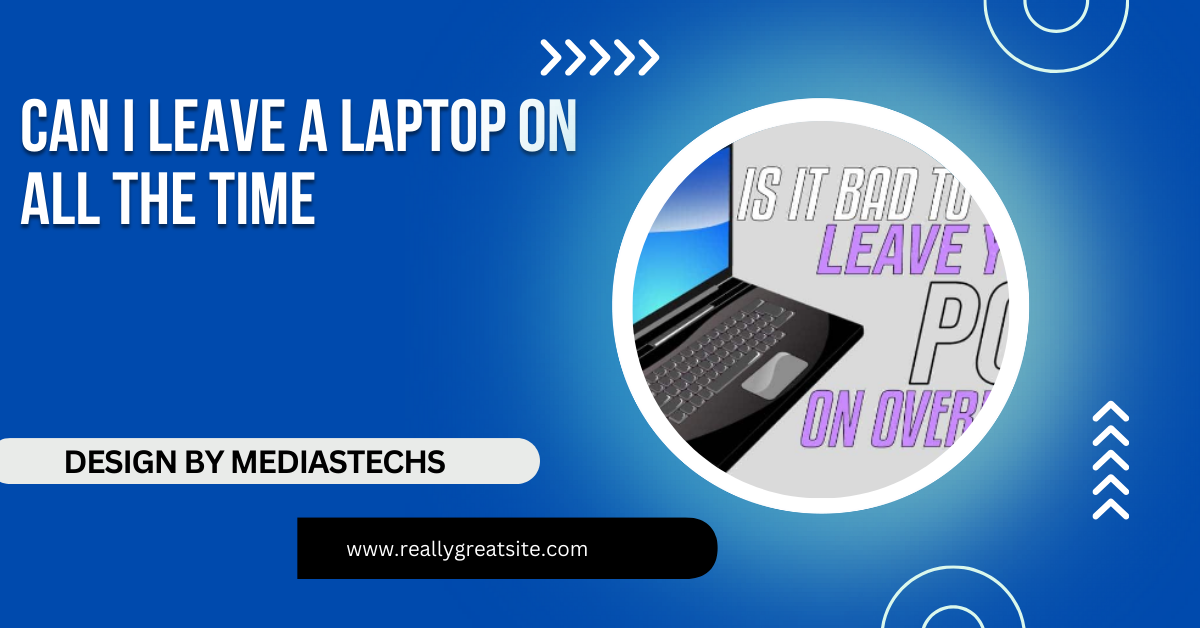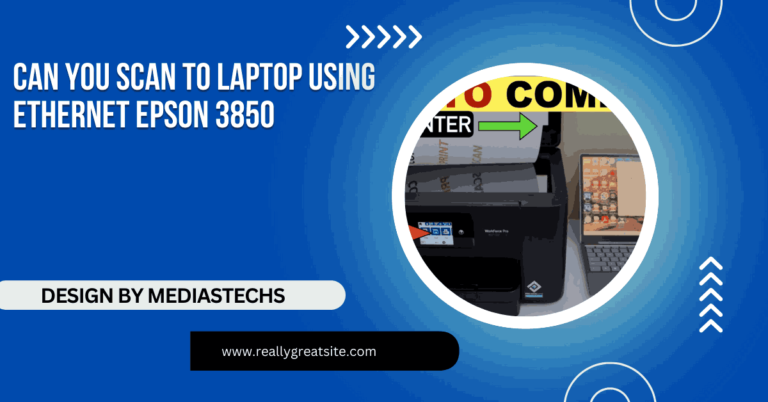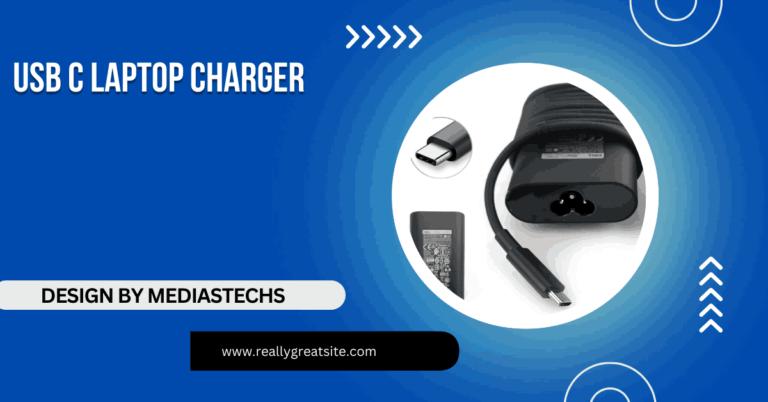Can I Leave A Laptop Onin All The Timwe – Full Guide!
You can leave your laptop on, but managing heat and maintenance helps protect its performance. Learn best practices for safe, continuous use.
In this article, we explore whether you can safely leave a laptop on all the time, discussing the benefits, potential risks, and ways to protect performance. We cover essential tips for managing heat, optimizing settings, and extending battery life. Follow these best practices to keep your laptop running smoothly 24/7.
Is It Safe to Leave a Laptop On All the Time?

Yes, it is commonly safe to leave a laptop on all the time if it’s managed perfectly. However, every laptop has its limitations, and various factors like the hardware, cooling system, and the type of usage all contribute to how well it can handle continuous operation.
Pros of Leaving a Laptop On All the Time:
- Convenience: Keeping a laptop on all the time can save time and effort since you don’t need to wait for it to boot up every time you need it. This is particularly useful for professionals who rely on instant access to software, cloud storage, and other resources.
- Background Processes and Automation: Many people use their laptops for tasks like downloading large files, backing up data, running scripts, or automated tasks that require continuous operation. A laptop that stays on ensures these processes run uninterrupted.
- Automatic Updates and Maintenance: Operating systems and applications often schedule updates and maintenance during idle times. By leaving your laptop on, these updates can occur without needing a reboot during your active hours, keeping your laptop secure and optimized without interrupting your workflow.
- Remote Access: Farewellyour laptop on enables you to access it remotely, which can be helpful if you need files or to manage tasks while away. Remote access tools like TeamViewer and Chrome Remote Desktop can turn your laptop into a virtual workstation from anywhere.
- Useful for Servers and Advanced Users: Some users configure their laptops to run as servers, host files, or even manage IoT (Internet of Things) devices at home. Leaving the laptop on supports these processes, enabling constant access and functionality.
Cons of Leaving a Laptop On All the Time:
- Hardware Wear and Tear: Continuous usage does increase wear and tear on hardware components like the CPU, GPU, and SSD/HDD. Although high-end laptops are built to handle long-term use, consumer-grade laptops might experience reduced presentation or failure over time if kept on nonstop.
- Battery Degradation: For battery-operated laptops, constant usage can degrade battery capacity faster. Modern batteries are designed to endure thousands of charge cycles, but continuous use and recharging cycles can shorten their lifespan.
- Risk of Overheating: Laptops are generally compact devices with limited space for airflow, and keeping them on continuously can lead to heat buildup. Heat is one of the main factors in hardware degradation and could lead to premature failure of internal components if not managed correctly.
- Higher Electricity Usage: Although laptops are energy-efficient, leaving them on 24/7 will add to your overall power consumption. While it might be a minor build up compared to desktops, the cost can add up, especially if multiple devices are left on in a home or office setting.
Read More:http://How To Off The Light In Camera Laptop – A Step-by-Step Guide!
Best Practices for Leaving a Laptop On All the Time:
If you decide to leave your laptop on, here are some essential tips to help maintain its performance and longevity:
- Utilize Sleep and Hibernate Modes: Sleep mode keeps the laptop ready for use while saving power, but hibernation conserves even more energy by saving your session to the hard drive. Adjust your laptop’s power settings to switch to sleep mode after a few minutes of inactivity.
- Enable Cooling Measures: Cooling pads are an inexpensive and effective solution to keep laptops cool during extended periods. These pads typically come with built-in fans that help dissipate heat from the laptop’s underside, reducing the workload on internal fans and preventing overheating.
- Limit Background Processes: To reduce strain on the CPU and RAM, disable or close any unnecessary programs running in the background. Heavy processes such as high-resolution video editing or rendering should only be used when you’re actively working on them, as they can cause your laptop to heat up quickly.
- Regularly Monitor the Laptop’s Temperature: Overheating is a top concern for laptops left on all the time. Use monitoring software like HWMonitor, SpeedFan, or Core Temp to check the internal temperatures of the CPU and GPU. Keeping the temperature below 70°C (158°F) is ideal for long-term operation.
- Keep the Laptop Ventilated and Dust-Free: Dust buildup inside a laptop can clog vents and fan ducts, leading to heat buildup. Cleaning the laptop’s internals at least once every six months or using compressed air to blow out dust can help maintain proper airflow.
- Reduce Display Brightness and Audio: Lowering screen brightness and turning off audio when the laptop is not actively in use can reduce power draw and heat output. Dimmer settings place less strain on components like the backlight, which can prolong the life of your display.
- Use Battery Protection Settings: Many laptops offer battery management tools that allow you to limit the maximum charge to around 80% to 90% instead of 100%. This helps reduce wear on the battery for laptops that are left plugged in continuously.
- Perform Routine System Maintenance: Regularly updating drivers and software, as well as performing routine maintenance tasks like disk cleanup and defragmentation, can help your laptop run more efficiently and stay cooler during prolonged use.
When Should You Turn Off Your Laptop? can i leave a laptop onin all the timwe!

While leaving a laptop on is generally safe, there are certain situations where turning it off is recommended:
- Extended Periods of Non-Use: If you’re not going to use your laptop for more than a day, consider turning it off to conserve power and prevent hardware strain. This also allows the device to fully cool down, which can prolong the lifespan of internal components.
- After Heavy Workloads: If you’re using the laptop for resource-intensive tasks like gaming, rendering, or data analysis, the laptop’s components will generate more heat. Shutting it down after these sessions helps it cool down and prevents overheating.
- If You Notice Overheating Signs: Laptops can become hot to the touch or exhibit unusual fan noise if they’re struggling to cool down. If this happens, shutting down the laptop can give it time to return to a safe temperature.
- To Maintain Battery Health: For laptops used mainly on battery power, occasional shutdowns help reset the battery, maintaining its accuracy and health. Use power cycles (full charge and discharge) sparingly, as continuous charging can reduce battery life.
FAQ’s can i leave a laptop onin all the timwe!
- Is it safe to leave my laptop on 24/7?
Yes, it’s safe if you monitor temperature, use cooling options, and follow maintenance practices.
- Will leaving my laptop on all the time damage the battery?
Constant use may reduce battery health over time, but using power handling features can help preserve it.
- What are the benefits of leaving a laptop on continuously?
It allows for instant access, scheduled updates, and continuous task extracting, making it convenient for frequent users.
- Does leaving a laptop on consume a lot of electricity?
Laptops use less power than desktops, so the increase is minor, but sleep mode can further reduce energy usage.
- How can I prevent my laptop from overheating if I leave it on?
Use a cooling pad, keep it well-ventilated, close unnecessary programs, and monitor internal temperatures often.
Conclusion:
Leaving a laptop on all the time is feasible if you apply the right techniques to protect it from overheating and wear. Make use of sleep or hibernation modes, use a freezing pad if necessary, and stay mindful of system temperatures. With thoughtful management, you can enjoy the convenience of an always-on laptop without compromising its longevity or performance. Each laptop is different, so adjust these practices to suit your specific model and needs.







